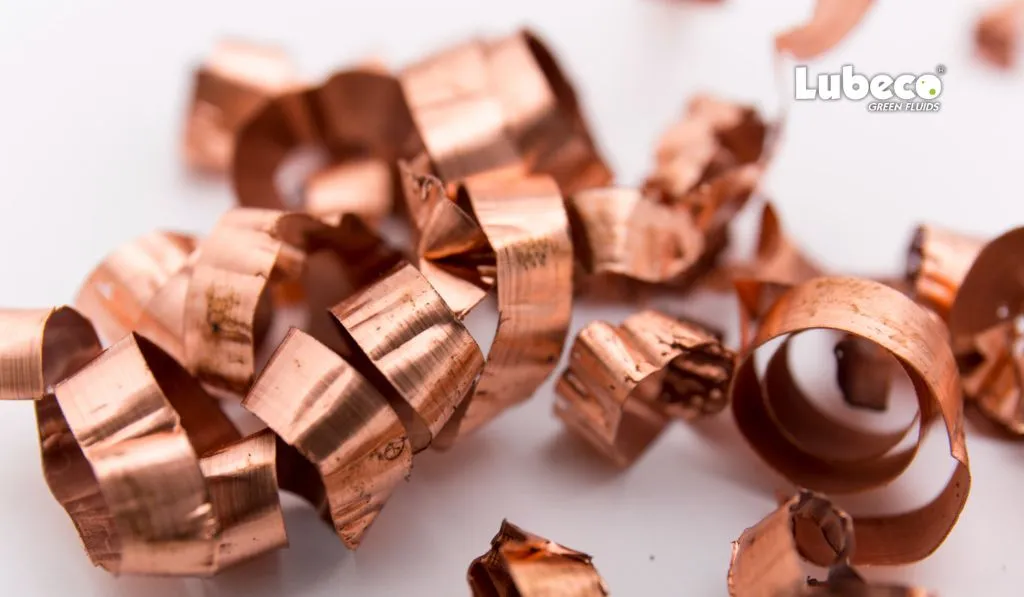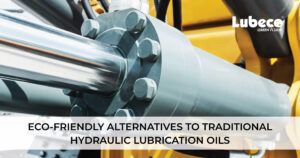Discover the best buddies for turning copper! Whether it’s water-soluble fluids keeping things cool or eco-friendly veggie-based options, choosing the right cutting fluid is key for smooth and precise copper machining. Read on to learn more.
Introduction:
Turning copper, with its unique properties and challenges, demands a thoughtful approach to tooling and lubrication. In this detailed exploration, we unravel the intricacies of selecting the optimal cutting fluid for turning copper, shedding light on the factors that contribute to a seamless and efficient machining process.
The Copper Turning Conundrum:
Copper, known for its excellent conductivity and malleability, poses specific challenges during the turning process. From heat dissipation to chip control, the choice of cutting fluid becomes a critical factor in achieving precise and high-quality results.
Water-Soluble Cutting Fluids:
Water-soluble cutting fluids, including emulsions and synthetics, are commonly employed for turning copper. Their ability to provide effective cooling, lubrication, and chip evacuation makes them well-suited for the demands of copper machining. Emulsions, in particular, create stable mixtures that enhance tool life and surface finish.
Sulfurized Cutting Oils:
Sulfurized cutting oils are another viable option for turning copper. These oils contain sulfur additives that form a protective layer on the tool, reducing friction and heat. The sulfurized oils are particularly beneficial in low-speed turning applications, ensuring efficient chip control.
Vegetable-Based Cutting Fluids:
For those inclined towards eco-friendly solutions, vegetable-based cutting fluids are gaining popularity for turning copper. These fluids, derived from renewable sources, offer effective lubrication and cooling properties while minimizing environmental impact.
Considerations for Copper Machining:
Heat Dissipation:
Given copper’s high thermal conductivity, effective heat dissipation is crucial. The chosen cutting fluid should efficiently absorb and dissipate heat to prevent tool wear and ensure dimensional accuracy.
Chip Control:
Copper tends to produce long, stringy chips that can hinder the machining process. The cutting fluid selected should aid in chip control, facilitating easy evacuation and preventing chip entanglement.
Surface Finish:
Achieving a smooth surface finish is essential in copper turning. The cutting fluid should contribute to minimizing tool marks and ensuring a high-quality end product.
Conclusion:
In the realm of turning copper, the choice of cutting fluid becomes a defining factor in the success of the machining process. From water-soluble options providing a balance of cooling and lubrication to specialized oils addressing the challenges of copper, the diverse array of cutting fluids available underscores the importance of tailoring choices to the specific demands of copper machining. As industries continue to push the boundaries of precision, the right cutting fluid emerges as a silent partner in achieving excellence in copper turning applications.










